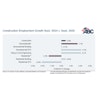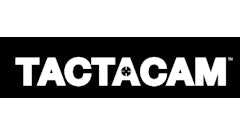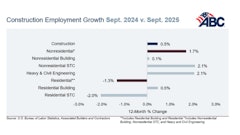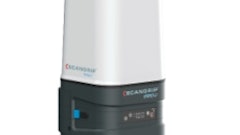
You may be asking, "How can you possibly use the words 'health insurance' and 'lower costs' in the same sentence, the same paragraph or even the same page?" For as long as I can remember, it seems all you ever hear is: "Oops, our health insurance premium is going up another 25% this year." Sound familiar?
Up to this point, your options to change this trend have been very limited. You could:
- keep re-bidding your health insurance every few years
- pass as much of the increase to employees as possible
- reduce coverage
- increase deductibles
- "lease" your employees
- explore industry group plans
But none of the options seem to work. Pretty soon you just give up and accept the fact that there is nothing you can do to control health insurance, except maybe offer no coverage at all. That is, until now.
How high-deductible plans work
You now have an additional option to explore that may provide some relief. It's the new high-deductible (consumer-driven) plans associated with Health Savings Account (HSA) and Health Reimbursement Arrangement (HRA) programs.
I usually stay away from discussing health insurance. But after working with it over the last six months, as well as sitting in on various presentations, I believe this type of plan will make insured personnel more cost conscious and have them taking a more active role in wellness programs.
In simple terms, these plans change the way medical claims get paid by forcing employees covered to pay 100% of claims after a certain point, rather than just co-pays. Now as soon as that switch is made, what do you think happens?
Currently, employees pay a co-pay for drugs, doctor visits and other medical procedures, usually with some kind of overall deductible involved. Employees have no way of knowing what they are being charged in total for these products and services, and don't care because everything costs $20. Right?
Let's assume with a high-deductible plan, an employer sets aside the first $800 to $1,000 for a single employee and actually pays it into a fund for use by the employee. The first $800 in medical claims is paid by this fund, with the employee having zero out of pocket. Good deal.
The next $700 worth of claims is paid 100% by the employee before the insurance kicks in. Thus, the company pays the first $800 in claims and the employee pays the next $700. Insurance is not used until after $1,500 worth of claims are incurred.
Because it is coming directly out of pocket, all of a sudden employees becomes very aware of what they are spending for health care costs. You can bet they will shop around to see if what they are paying is reasonable. And they may even be more careful to avoid getting to this point in the first place.
Positives for both sides
This type of plan is not as bad for employees as you may think. When you add up all the co-pays and deductibles the average employee pays annually, it comes out very close to the employee portion of the claim coverage.
To make this even more interesting, the employer has the option to either:
- keep any unused balance of the corporate portion of the insurance fund as a corporate asset available for transfer to the following year; or
- allow employees to own any unused portion of their fund balance as a savings vehicle, or for flexible spending account activities if your company is set up for such a program.
The other cost-saving opportunities offered by these types of plans are wellness programs and the cost information available to participants. Wellness programs offer incentives to encourage a healthier lifestyle. And the policy administrators make sure employees know what they are paying for products and services.
The down side to such programs is trying to explain the benefits (current and long-term) to employees. I suggest you get a pro to do this for you. We had Helen Clary and Jeff Cook from Destiny Health make a presentation to a CFO conference, and their materials were first class. Destiny Health had a lot to do with developing these types of plans and consequently knows the subject well. Helen can be reached at (312) 654-4261 if you need assistance.
Now, these plans aren't for everyone. But I am convinced you should at least investigate the idea and program and see how it fits your company. All I know is, after sitting through these presentations, I ask a lot more questions about the cost of products and services before just nonchalantly paying the co-pay.
It's been a long time since you have had a viable option to reduce your annual health insurance cost. You now have an alternative to consider that may allow you to do so, while offering additional benefits to employees without additional costs. This equates to value for all employees - even the healthy ones!
- You may be able to stem the tide of those annual 20% premium increases.
- Offering an additional benefit program (savings portion) makes your job offers more attractive.
- The reduced insurance premiums lower monthly employee contributions.
- Your deductible fund could build to where you can lower the monthly contribution.
- The deductible portion of your insurance cost is not subject to annual insurance industry market adjustments.




















